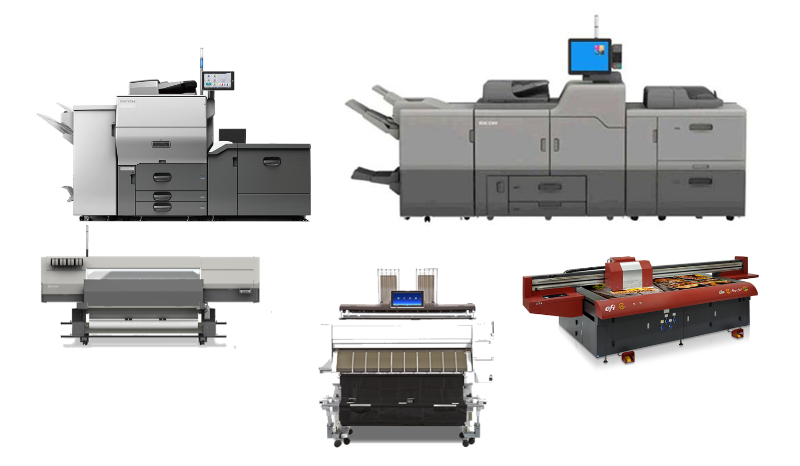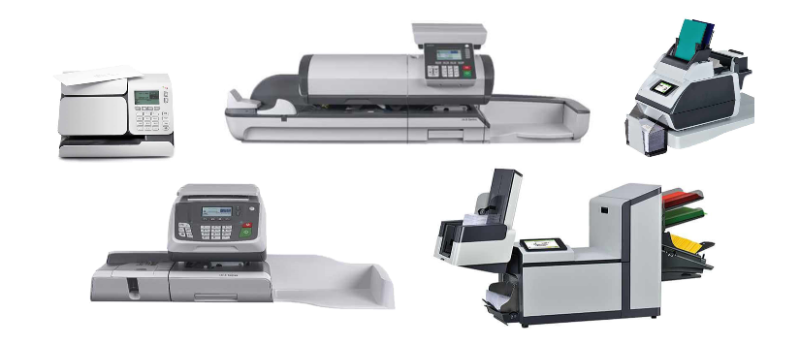Disaster recuperation is a crucial facet of service connection, particularly for Little and Tool Enterprises (SMEs). In a globe where unforeseen occasions can disrupt operations, having a durable disaster recovery plan (DRP) is not just a luxury; it's a necessity. This guide will certainly explore the complexities of disaster recuperation plans tailored for SMEs, discovering important components, strategies, and finest practices.
The Vital Guide to Calamity Recuperation Prepare For SMEs
Disaster recuperation planning involves producing policies and treatments that make sure an organization can promptly resume mission-critical features after a disruption. Whether facing all-natural catastrophes, cyber-attacks, or technical failures, an effective DRP minimizes downtime and minimizes losses. For SMEs operating in today's digital landscape, incorporating managed IT solutions into their catastrophe recovery technique is pivotal.
Understanding Catastrophe Recovery
What is Catastrophe Recovery?
Disaster recovery describes the approaches utilized by businesses to recuperate from disruptive occasions. These occasions can range from natural disasters like floods and quakes to cyber incidents such as ransomware attacks. An extensive DRP outlines the steps necessary for information back-up and remediation while ensuring that business procedures can proceed with minimal interruption.
Why is Calamity Healing Essential for SMEs?
For SMEs, which often run with restricted resources, the impact of a calamity can be disastrous. According to researches, around 40% of small companies do not reopen after a significant disaster. Consequently, buying catastrophe recuperation planning is essential for survival.
Key Parts of a Disaster Recuperation Plan
1. Threat Assessment
Conducting a threat analysis aids identify potential hazards to your company operations. This consists of examining physical dangers (like flooding), technical vulnerabilities (such as information violations), and human variables (like worker mistakes).
Example Table: Common Hazards to SMEs
|Danger Kind|Description|Potential Effect|| ------------------|-----------------------------------------|--------------------------|| Natural Catastrophes|Earthquakes, floodings|Physical damage|| Cyber Strikes|Ransomware|Information loss|| Human Mistake|Mistakes made by workers|Operational disturbances|
2. Company Impact Evaluation (BIA)
A Company Impact Analysis reviews just how various disturbances can influence your operations. It assists prioritize critical functions that require prompt interest throughout a crisis.
3. Information Backup Solutions
Data backups are essential parts of any kind of DRP. Carrying out robust data backup services guarantees that your info stays safe and secure and retrievable also after a catastrophic event.


- Cloud Backup: Using cloud holding services allows you to back up data off-site. Local Backups: Consistently set up neighborhood backups give additional redundancy.
Managed IT Solutions in Catastrophe Healing Planning
4. Function of Managed IT Services
Managed IT services play an important duty in establishing reliable catastrophe healing plans for SMEs. By partnering with a taken care of service provider (MSP), organizations gain access to expertise in facilities monitoring and cybersecurity services tailored specifically for their needs.
- Infrastructure Management: MSPs help take care of web servers and networks efficiently. Cybersecurity Solutions: Ensuring your information is shielded from threats is paramount.
5. Co-managed IT Services
Co-managed IT services use adaptability by permitting inner teams to team up with exterior specialists on specific jobs or ongoing support requirements. This hybrid strategy enables SMEs to maintain control while leveraging external competence in locations like network protection and cloud migration services.
Implementing Your Disaster Healing Plan
6. Creating Policies and Procedures
Once you have actually analyzed risks and evaluated impacts, it's time to establish clear plans and treatments that outline how your company will certainly respond in various scenarios.
Checklist: Trick Policies
- Communication procedures Roles and responsibilities Steps for data restoration
7. Training Workers on the DRP
To make sure efficacy throughout a catastrophe circumstance, training employees on the DRP is important. Conduct routine drills simulating various scenarios so every person knows their duties when action is required.
Testing Your Calamity Recuperation Plan
8. Value of Routine Testing
Regular testing of your DRP helps recognize weak points within the plan itself and makes sure that staff members are familiar with the procedures laid out.
Testing Methods
- Tabletop exercises Simulation tests Full practice drills
Cloud Services: A Secret Element of Modern DRPs
9. Benefits of Cloud Hosting for Disaster Recovery
Cloud organizing offers scalability, flexibility, https://damienkcvg033.theglensecret.com/choosing-the-right-cloud-providers-company-in-albany-ny and durability-- crucial qualities required in times of crisis.
Enhanced accessibility Reduced hardware costs Automatic updatesCybersecurity Measures in Calamity Healing Plans
10. Integrating Cybersecurity right into Your DRP
A durable cybersecurity method have to be woven right into any kind of calamity healing strategy-- nevertheless, cyber threats stand for among the most substantial risks today.
- Employ multi-factor authentication. Use security methods for sensitive data.
Common Difficulties Faced by SMEs in Implementing DRPs
11. Source Limitations
Many SMEs do not have the financial resources needed to invest heavily in innovation or employees dedicated solely to calamity recovery efforts.
Solutions
- Outsource certain elements through handled IT services.
12. Absence of Awareness
Some SMEs might not recognize the relevance or urgency surrounding calamity recuperation preparation up until it's also late.
FAQs About Disaster Healing Plans
Q1: What need to be included in a disaster recovery plan?
A1: A thorough DRP needs to consist of risk evaluations, company influence evaluation, interaction methods, staff member training timetables, backup options, screening methodologies, and more.
Q2: Just how frequently should I examine my catastrophe recovery plan?
A2: Checking ought to occur at least annually or whenever significant modifications are made to framework or operations.
Q3: Can cloud movement solutions help with my calamity healing efforts?
A3: Definitely! Cloud movement services help with seamless shifts while providing scalable services that boost your overall calamity healing capabilities.
Q4: What function does cybersecurity play in my DRP?
A4: Cybersecurity actions are vital as they mitigate dangers associated with attacks like ransomware that could badly interrupt operations.
Q5: How do I select the ideal managed service provider?
A5: Seek an MSP with experience relevant to your sector that can use tailored services such as service innovation assistance or personalized IT solutions.
Q6: What takes place if I do not have a disaster healing plan?
A6: Without a DRP, you take the chance of substantial downtime during crises leading potentially to loss of revenue and clients depend on-- and even permanent closure!
Conclusion
Having an efficient disaster recuperation plan is fundamental for each SME aiming for long life and success in today's unpredictable environment. Including components like managed IT solutions not just simplifies this process yet additionally boosts resilience versus numerous threats-- be it all-natural catastrophes or cyberattacks-- permitting services to thrive regardless of difficulties ahead.
By comprehending the vital components detailed in "The Essential Guide to Disaster Healing Plans for SMEs," companies can create customized techniques made especially according their distinct functional requirements while fortifying themselves versus future disruptions!
Repeat Business Systems Address: 4 Fritz Blvd, Albany, NY 12205 Phone: (518) 869-8116 Website: https://www.rbs-usa.com/ Maps and Directions: https://maps.app.goo.gl/D4Ms98GQLNxpWdec6 Socials: https://www.facebook.com/RepeatBusinessSystems/ https://www.pinterest.com/repeatbusinesssystems https://www.linkedin.com/company/repeat-business-systems-inc/ https://www.instagram.com/repeatbusinesssystems/